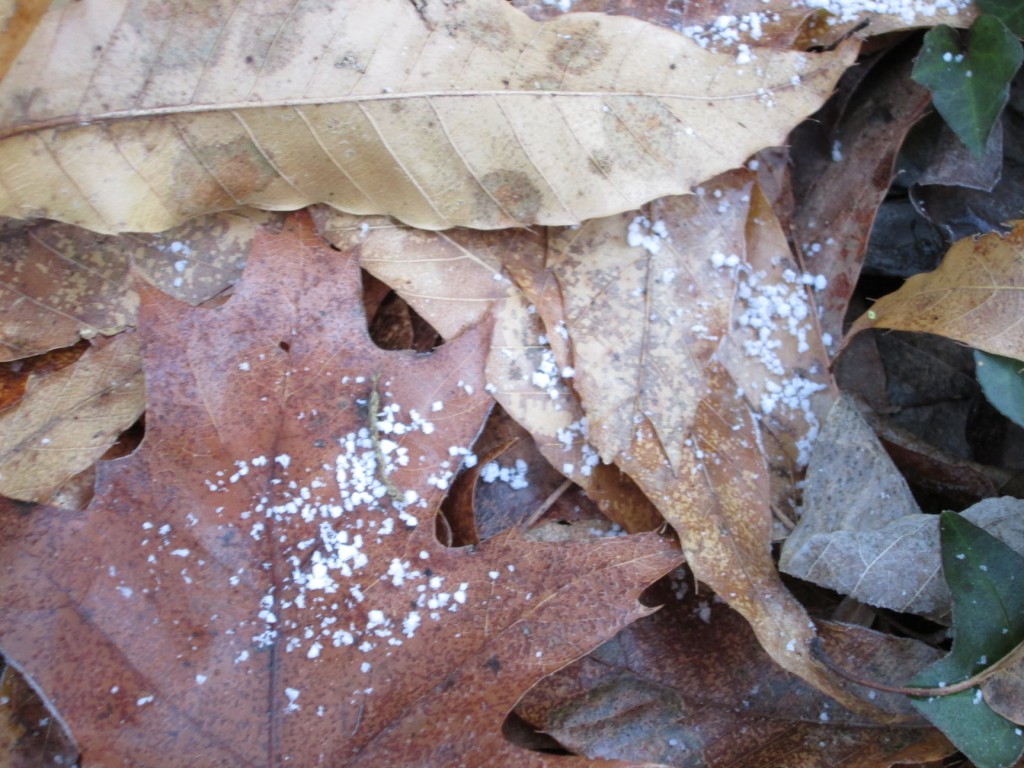Climate science
-

The pandemic has caused many problems in society since it started about a year ago. One you might not think of is weather observations. We have been fortunate with our University of Georgia weather stations this year in that we have been able to maintain a regular schedule of visits and sensor calibration and maintenance…
-

The Georgia Climate Project community is a group of scientists from universities around the state who believe that, in the coming years, Georgia can emerge as a clear leader on climate change using rigorous science and engagement among many groups to reduce risks and identify opportunities that the changing climate will bring to Georgia. They…
Posted in: Climate science -

The North Carolina Climate Office has produced a number of recorded webinars that discuss different aspects of climate change on North Carolina. Most of these webinars would be generally applicable around the Southeast, so if you are interested, I am sure you would find useful information there. So far there are six in the series,…
Posted in: Climate science -

Snow comes in many different forms. The most familiar to us are dendrites, what we usually see in Christmas cards and in paper cutouts our kids make. Dendrites form in a very specific set of temperature and humidity conditions that only occur at some places in the atmosphere. But snow can also form as needles,…
-

The use of computers in predicting the weather has been around for a long time. As far back as World War 1, scientists envisioned a method for calculating what the weather would be like in the future based on observations and knowledge of atmospheric physical principles. Lewis Fry Richardson, a Quaker who spent his spare…
-

The polar vortex has been in the news again because it is contributing to the cold conditions we have been experiencing in the Southeast recently. But there is still a lot of confusion about what it is and how it has come to affect us here. PBS/Nova has a very interesting discussion of how there…
-

A recent study by scientists at Michigan State University looked at how the storage of terrestrial water will change by the end of the century. Terrestrial water storage includes not just lakes and streams, but also water stored in soils and groundwater. The study showed that many areas of the globe are expected to lose…